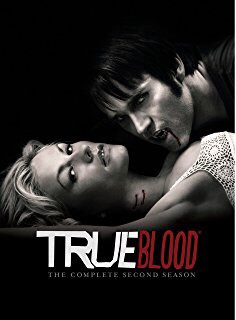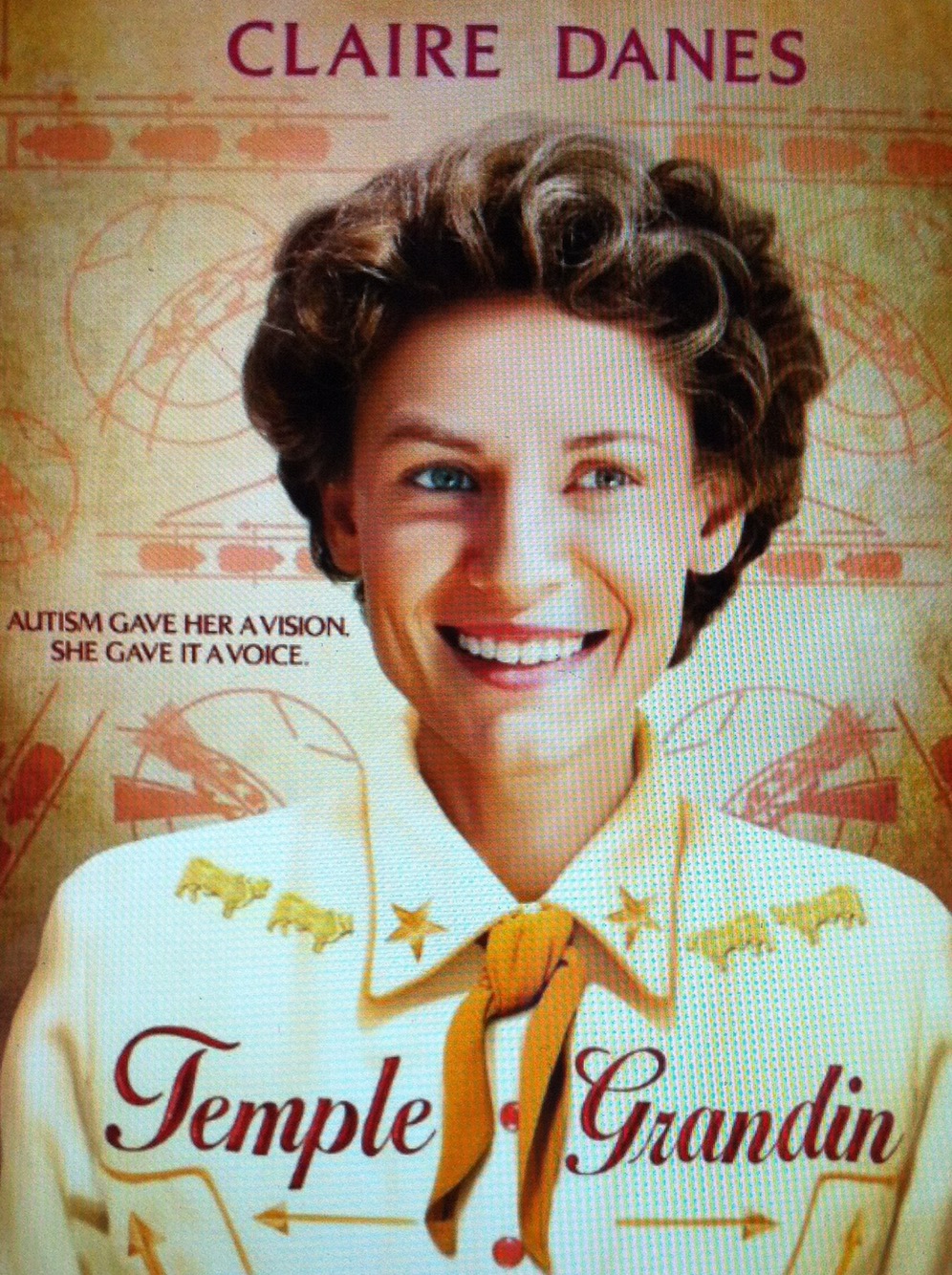I’ve got a new mare in training. Her name is Suki. Most people pronounce her name SOO-kee. The first time I heard that name spoken was on HBO’s True Blood, which takes place in rural Louisiana. Folks on that show pronounce it SUH-kee, which is how I ended up pronouncing this little mare’s name the way I do.
 Come to think of it, of course Vampire Bill would call his paramour “Sucky”
Come to think of it, of course Vampire Bill would call his paramour “Sucky”
So names aside, the other thing I noticed upon meeting Suki is her interesting whorls.
 That’s a weird place for a horse to have a giant cowlick. She has a matching one on the other side…thank goodness.
That’s a weird place for a horse to have a giant cowlick. She has a matching one on the other side…thank goodness.
A few years ago, my friend (and respected trainer) Amber Lydic, posted an article about hair whorls in horses. Basically, there have been scientific studies correlating certain behaviors with the presence and location of hair whorls. Just like the author of the article, I constantly search to disprove the theory of “whorlology” because it totally seems like pseudoscience. However, my experience keeps proving the validity of the theory. Incidentally, the last time I asked Amber, her experience is also in line with Whorlology.
Whorlology has been studied by everyone’s favorite autistic person with a PhD, Temple Grandin. If you don’t know who she is, HBO put out an amazing biopic about her starring Claire Danes. Check it out.
 I don’t even have HBO, but I’m thinking they should sponsor me after this post.
I don’t even have HBO, but I’m thinking they should sponsor me after this post.
Suki came to me with a reputation of being dangerous. Upon seeing her long wheat whorls, I referenced the Whorlology article right away. I was relieved to see that they are more of a sign that she is an easy keeper, and less that she is crazy. Nevertheless, she does seem to be very troubled. As she sheds her winter coat, and gets more relaxed with me grooming her, I will certainly be on the lookout for more whorls.

About the author: Ali Kermeen loves all kinds of horses. While dressage is her bread and butter, she loves learning things from as many other disciplines as she can. She also loves to write, and does so on her smartphone in the dead of night during bouts of insomnia.

